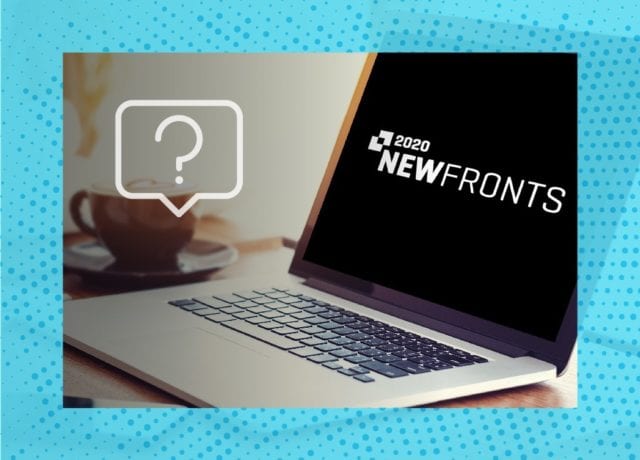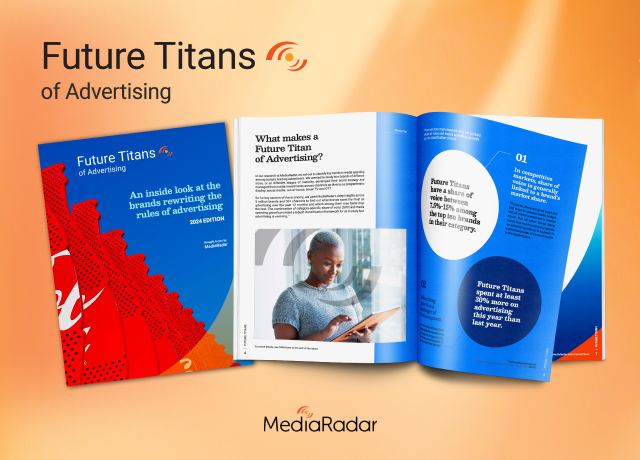NewFronts typically brings together media leaders to focus on the latest excitement in digital advertising—but this year’s tone was not showy.
Amid the pandemic and social unrest, advertisers wanted commitments to improved diversity, decreased hate and assurance of brand safety.
“Clients are looking for publishers who are doing something positive,” said exec VP at Dentsu Aegis Cara Lewis. “We don’t necessarily want them just to say something to say something; it needs to be heartfelt, real and ongoing.”
Participants in the virtual NewFronts 2020 had different expectations than past years, but that didn’t stop the release of new exciting ad products.
We encourage you to subscribe to our blog for the latest data surrounding the advertising industry. We will provide daily updates as COVID-19 continues to make its mark on the US economy.

Highlights from digital platforms and publishers
YouTube
YouTube showcased its new YouTube Select, which helps advertisers navigate its massive collection content and personalize their committed ads. Brands can buy using a reservation or across Google Ads and Display & Video 360. They can choose content across lineups, specific programs or a custom mix.
According to YouTube, “73% of YouTube Select lineups had greater ROI than TV in 73% of MMMs that measured YouTube Select lineups, Other Digital, and TV in 2016-2018.”
TikTok
TikTok highlighted a mix of ad offerings, while reminding brands to have fun with their marketing.
TikTok ad products include:
- TopView: A sixty second video presented to users when they open TikTok
- Brand takeovers: a few seconds of in-feed video that users can click away from the ad
- Branded hashtag challenges
- Branded effects
- Brand Scan: A new augmented reality (AR) tool for brands, similar to Snapchat’s Sponsored Lenses
TikTok also released TikTok for Business, a source of inspiration and resources for marketers.
Hulu
Hulu released a new transactional ad product: GatewayGo. This new tool allows advertisers and viewers to connect directly.
When presented an ad using GatewayGo, viewers can opt to receive more information or offers sent to their mobile device. Users can choose push notifications, email or QR codes. The first brands to try GatewayGo were SmileDirectClub, The RealReal and Sweetgreen.
Condé Nast
After addressing the racial inequality at Bon Appétit, CEO Roger Lynch emphasized the company’s commitment to improving diversity and inclusion.
The company announced a new video ad unit and is launching its first podcast network. It will include shows across its publications including Wired, Vogue and Pitchfork.
Roku
Roku positioned its products as flexible, with incremental reach. When ads are served on linear TV and then served on Roku, brands will not have to pay for the impression.
Using OneView, brands can reach viewers on and off the platform. With this solution, brands can connect programmatic performance measurement with OTT campaigns and streaming.
It also pitched RokuReserve: Buyers using this option will advertise only in Roku’s top 1% of channels (those with the most clicks and streaming audiences).
Terms and Flexibility
Uncertainty amid the pandemic were also top of mind. Many companies pitched their terms and flexibility to prospective buyers. Buyers wanted to be assured that if the economy and political landscape continued looking grim, they had options to pull out of commitments or negotiate terms.
For example, Roku said upfront commitments could be cancelled with no penalty.
Agility is the buzzword right now — and it’s likely to continue to be until we’re on the other side of this pandemic.
For more updates like this, stay tuned. Subscribe to our blog for more updates on coronavirus and its mark on the economy.



